WordPress remains the cornerstone for millions of websites globally, necessitating robust security strategies to protect against the ever-evolving landscape of cyber threats. This comprehensive guide goes beyond basic tips, delving into advanced methods and best practices to secure your WordPress site in 2025.
Introduction to WordPress Security
WordPress, as a dynamic content management system, powers a vast array of websites, making it a prime target for cyberattacks. Securing your WordPress site is not just about protecting your data; it’s about safeguarding your business’s reputation and ensuring uninterrupted service to your users. This guide aims to equip you with the knowledge and tools to effectively secure your WordPress environment against potential threats.
Expert WordPress Development Solutions
Elevate your website with our expertise.

Why WordPress Security is Vital
1. Protecting Sensitive Information
- Websites often handle sensitive information, including personal data, financial details, and passwords. A breach can lead to the exposure of this data, resulting in identity theft, fraud, and other serious privacy issues.
- Securing a website helps protect users’ data and maintains their trust.
2. Safeguarding Against Financial Loss
- Cyberattacks can have significant financial consequences, including the costs of data recovery, legal fees, fines, and lost revenue from downtime.
- For e-commerce sites, a secure platform ensures that customers can safely complete transactions, directly impacting sales.
3. Preventing Damage to Brand Reputation
- A security breach can erode customer trust and damage a business’s reputation. News of a security incident can spread quickly, and recovering a brand’s reputation can take a long time.
- Websites that protect their users’ data tend to retain trust and loyalty, while insecure sites may lose business.
4. Ensuring Business Continuity
- Website attacks can lead to downtime, preventing customers from accessing the site. In cases of severe attacks, such as ransomware, a site may be inaccessible for an extended period.
- Robust website security minimizes the risk of downtime, helping maintain smooth business operations.
5. Compliance with Legal and Regulatory Requirements
- Various data protection regulations (e.g., GDPR, CCPA, HIPAA) require organizations to protect users’ personal data. Failure to comply with these laws can lead to heavy fines and legal action.
- Ensuring website security helps organizations meet legal requirements, avoid penalties, and stay compliant.
6. Reducing the Spread of Malware
- Hackers often use unsecured websites to distribute malware. Once infected, a website can unknowingly spread viruses and malicious software to users’ devices.
- A secure website protects not only its visitors but also helps prevent the spread of malware across the internet.
7. Maintaining Search Engine Rankings
- Search engines like Google prioritize secure websites. Websites with strong security, especially those using HTTPS, are ranked higher in search results.
- An insecure website risks being penalized by search engines, leading to lower rankings and decreased visibility.
8. Building Trust with Users
- Users are more likely to engage with and purchase from a site they trust. Security indicators, such as HTTPS and trust seals, signal to users that the site is secure.
- Security reassures visitors, increasing their likelihood of returning to the site and recommending it to others.
9. Preventing Loss of Intellectual Property
- Many websites hold valuable intellectual property, including business ideas, research, and proprietary information. A breach could expose this information to competitors or the public.
- Strong security protects a website’s intellectual property, preventing data theft and protecting business interests.
10. Mitigating Advanced Threats
- Cyber threats constantly evolve, with sophisticated attacks targeting even well-secured sites. Proactive website security measures help defend against newer, more complex threats such as DDoS attacks, SQL injections, and cross-site scripting.
- Staying updated with security measures and monitoring for vulnerabilities helps websites stay one step ahead of these advanced threats
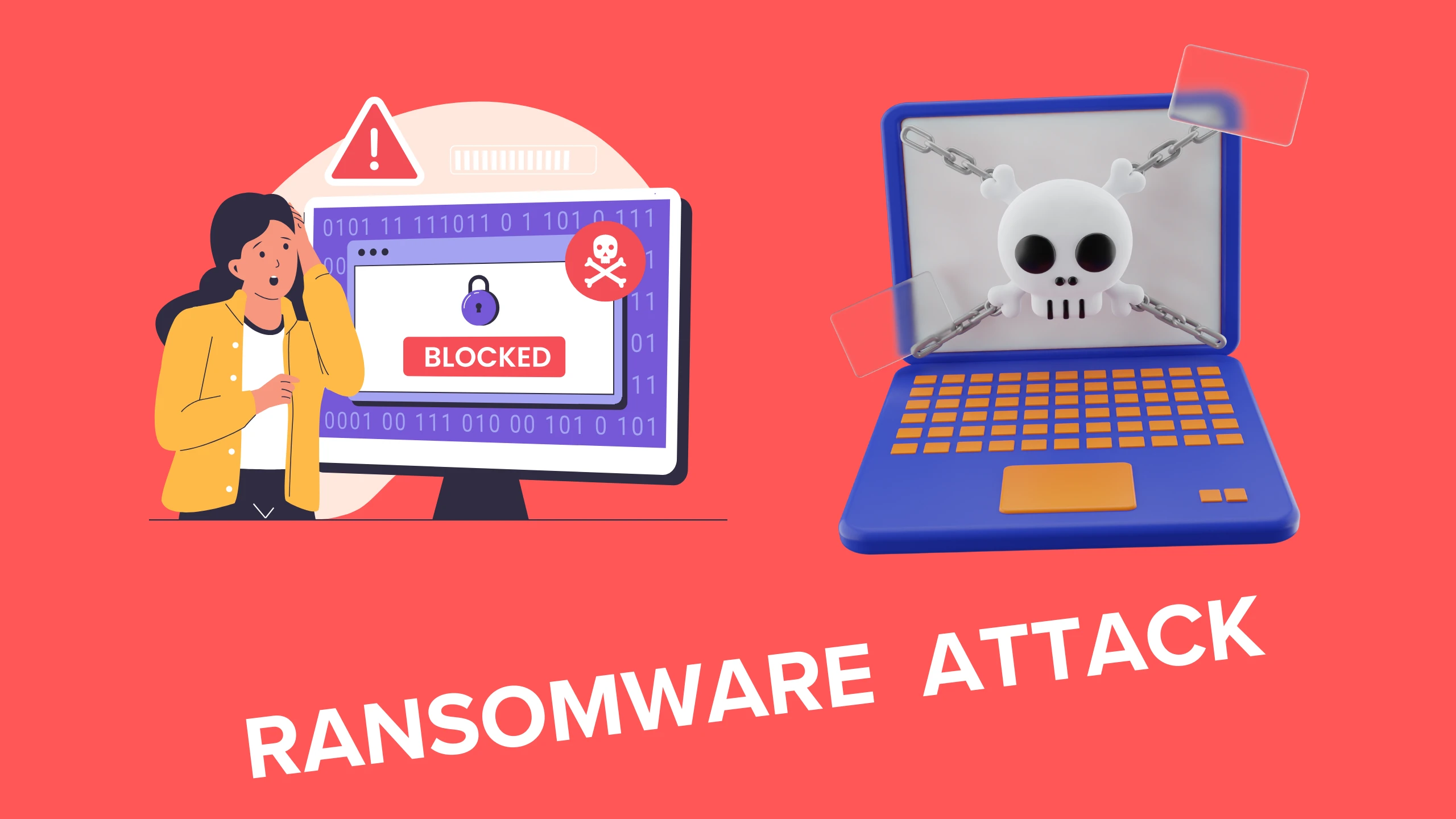
Implementing Robust Security Measures Without Coding
Adopting a Reliable WordPress Backup Solution
A robust backup strategy is your first line of defense, enabling quick recovery from data loss or corruption. This section explores various backup solutions, emphasizing features that cater specifically to WordPress.
Essential WordPress Security Plugins
This part reviews essential security plugins that enhance your defenses, from firewalls to malware scanners, and how to configure them for optimal protection.
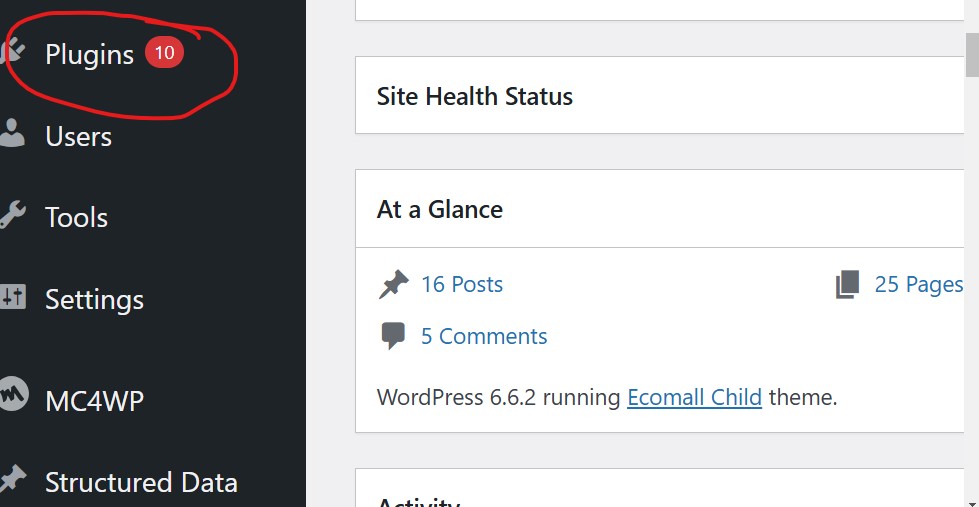
Enabling a Web Application Firewall (WAF)
A WAF helps protect your site from malicious traffic and attacks by filtering and monitoring web traffic. We discuss the benefits of different WAF services and their integration into your WordPress site.
Securing Connections with SSL/HTTPS
Implementing SSL/HTTPS is not only beneficial for security but also SEO. This section provides a detailed walkthrough on how to secure your WordPress site with HTTPS, enhancing user trust and site credibility.
Keeping WordPress Updated: A Non-Negotiable Practice Updates are crucial as they patch known vulnerabilities and strengthen the software against attacks. Regular updates of the core, themes, and plugins are fundamental to maintaining a secure WordPress installation.
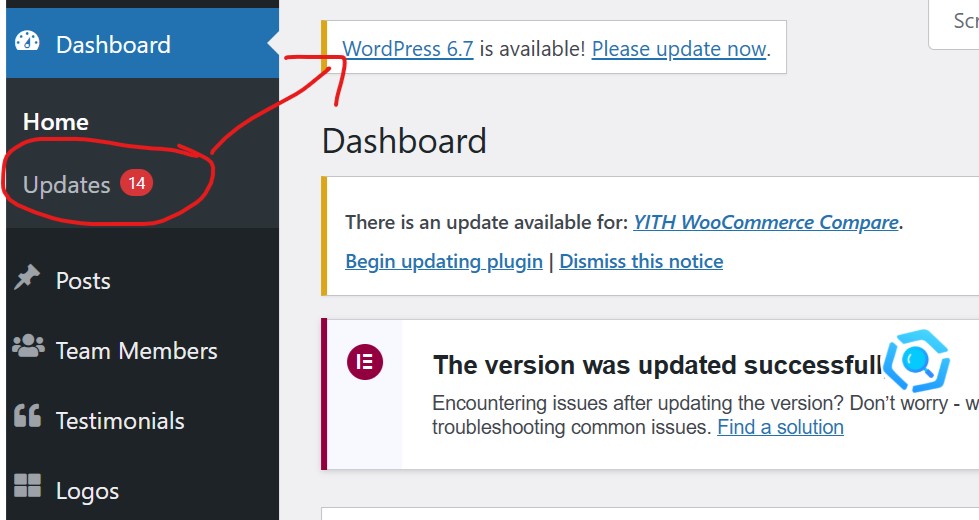
Guard Your Website Effortlessly
Follow simple steps to keep your WordPress site safe. Grab the 2025 security guide today!
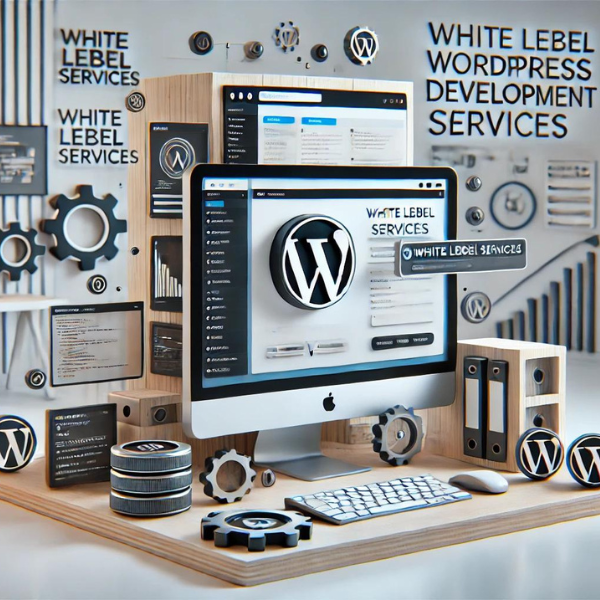
Advanced DIY WordPress Security Tactics
Changing the Default Admin Username
In the early days of WordPress, the default admin username was ‘admin’, which made websites an easy target for brute-force attacks. Since the username is half of the login credentials, hackers could exploit this predictability to gain unauthorized access.
Thankfully, modern versions of WordPress now require users to select a custom username during installation, reducing this risk.
Since WordPress doesn’t allow you to modify usernames directly, here are three effective methods to update the admin username:
Create a New Admin Account and Delete the Old One
- The simplest way to replace the old ‘admin’ username is by creating a new administrator account with a unique name, then deleting the original.
Use a Plugin Like Username Changer
- Plugins make the process quick and beginner-friendly, allowing you to update usernames directly from your WordPress dashboard.
Edit Your Username via phpMyAdmin
- For those comfortable with databases, phpMyAdmin provides a direct way to modify usernames in WordPress.

Why You Should Disable the WordPress Built-in Code Editor
WordPress includes a built-in code editor that lets you edit theme and plugin files directly from the admin dashboard.
While this feature can be convenient, it poses a significant security risk if accessed by unauthorized users. Hackers could exploit this editor to inject malicious code, compromising your website.
How to Disable the Built-in Code Editor
To enhance your site’s security, it’s a good idea to disable the editor. Here are two easy ways to do this:
Add Code to the wp-config.php File
Insert the following line into your site’s wp-config.php file:define( 'DISALLOW_FILE_EDIT', true );Use a Plugin Like WPCode
For a simpler approach, use a plugin like WPCode. It allows you to disable the editor with minimal effort and without directly editing your files.By turning off the code editor, you add an extra layer of protection against potential threats while maintaining better control over your site’s security.
Shield Your WordPress Site
Stay updated on the latest security tactics for 2025. Download our comprehensive guide today!

Limiting PHP File Execution
Restricting PHP execution in certain directories can significantly harden your WordPress security. This section details how to apply these restrictions effectively.
How to Restrict PHP Execution
1. Use a .htaccess File
To block PHP execution in specific directories, create or edit the .htaccess file in the directory you want to secure. Add the following code:
<Files *.php>
deny from all
</Files>
This ensures that any PHP files in the specified directory cannot be executed.
2. Focus on Key Directories
Apply this restriction to the following directories for maximum impact:
/wp-content/uploads//wp-includes//wp-content/cache/
3. Use a Security Plugin
For an easier approach, use a WordPress security plugin like Wordfence or iThemes Security. These plugins offer options to restrict PHP file execution without manual coding.
Enhancing WordPress Login Security
Securing your login page is one of the most critical steps in protecting your WordPress site. Limiting login attempts, enabling two-factor authentication, and using security questions can significantly strengthen your access points.
1. Limit Login Attempts
By default, WordPress allows unlimited login attempts, making it vulnerable to brute-force attacks. Here’s how to prevent this:
- Use a Plugin: Install a plugin like Limit Login Attempts Reloaded or Wordfence to restrict the number of failed login attempts.
- Plugins to Use: Plugins like WP Security Questions let you add customizable questions to your login page.
- Tip: Use questions that only you or your team can answer, avoiding easily guessable ones.
- Recommended Plugins: Install plugins like Google Authenticator or Duo Security for 2FA functionality.
- How It Works: After entering your password, you’ll need to verify your identity using an app, email, or SMS.
- Set Thresholds: Define how many login attempts are allowed before a user is locked out temporarily.
2. Add Two-Factor Authentication (2FA)
Two-factor authentication provides an extra layer of security by requiring a second verification step, such as a code sent to your phone.
3. Install Security Questions
Adding security questions to the login process makes it harder for unauthorized users to access your site.
Other Best Practices for Login Security
- Use a Strong Password: Ensure your password is complex, combining letters, numbers, and symbols.
- Change the Default Login URL: Use a plugin like WPS Hide Login to rename the default
/wp-adminURL.
Recovery and Ongoing Maintenance
Regular Security Scans and Malware Detection Scheduled scans can detect and isolate threats before they cause damage. We review tools that provide comprehensive scanning solutions tailored for WordPress.
Recovering from a WordPress Security Breach Steps to recover your WordPress site after a hack, including how to identify the breach, clean your site, and strengthen your site’s defenses to prevent future attacks.
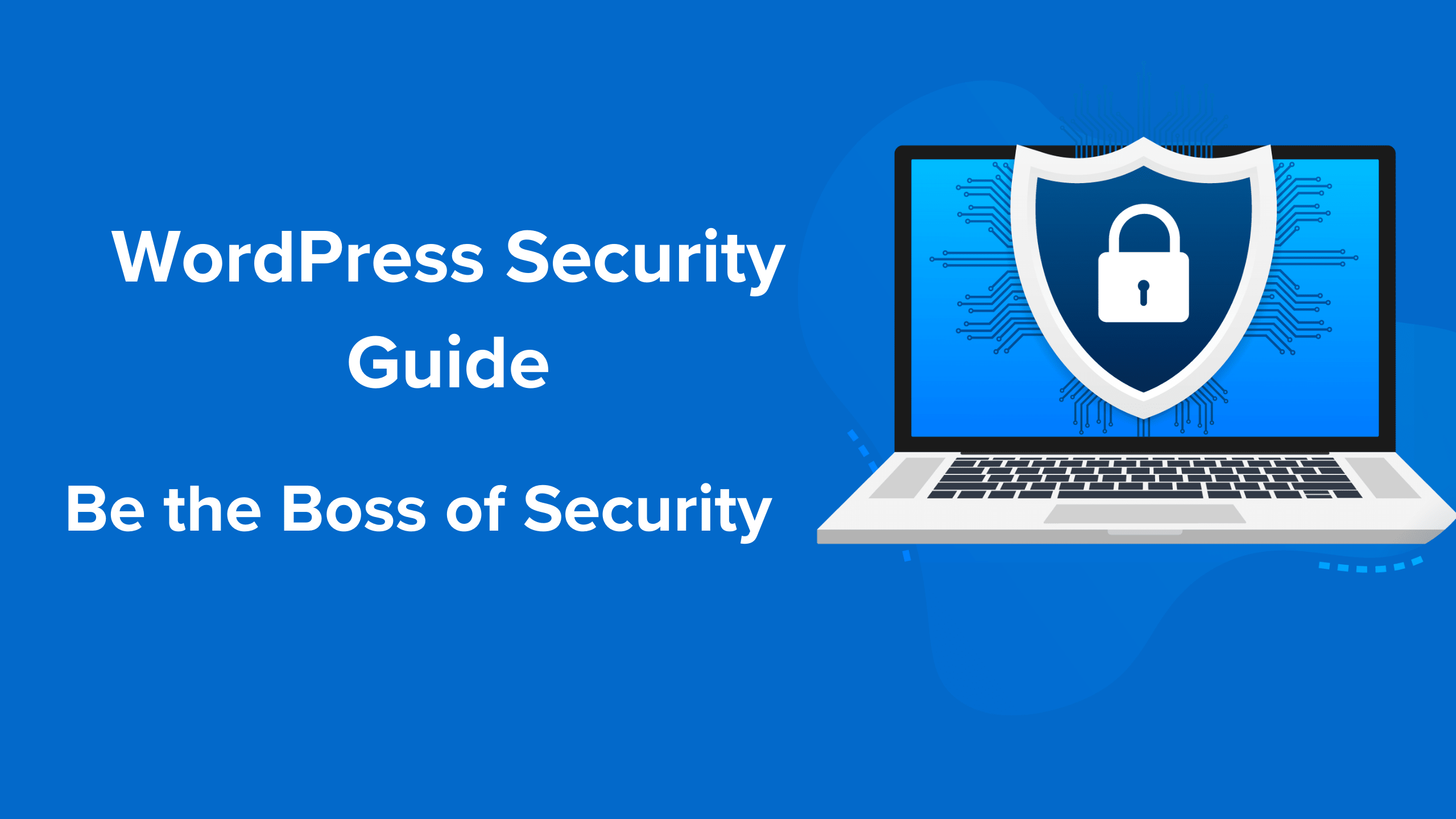
Conclusion
In 2025, advanced WordPress development services, experienced WordPress development companies, and strategic WordPress SEO services are indispensable for achieving top-notch security and performance. By implementing the detailed strategies outlined in this guide, your WordPress site will not only be secure but also positioned for success in the competitive digital landscape.
This expanded guide is designed to offer both depth and clarity, providing actionable steps for WordPress users of all skill levels to fortify their sites effectively against modern cyber threats. By focusing on advanced tactics and thorough explanations, it aims to deliver a more specific, genuine, and user-friendly resource that stands out for its detail and expert insights.

















